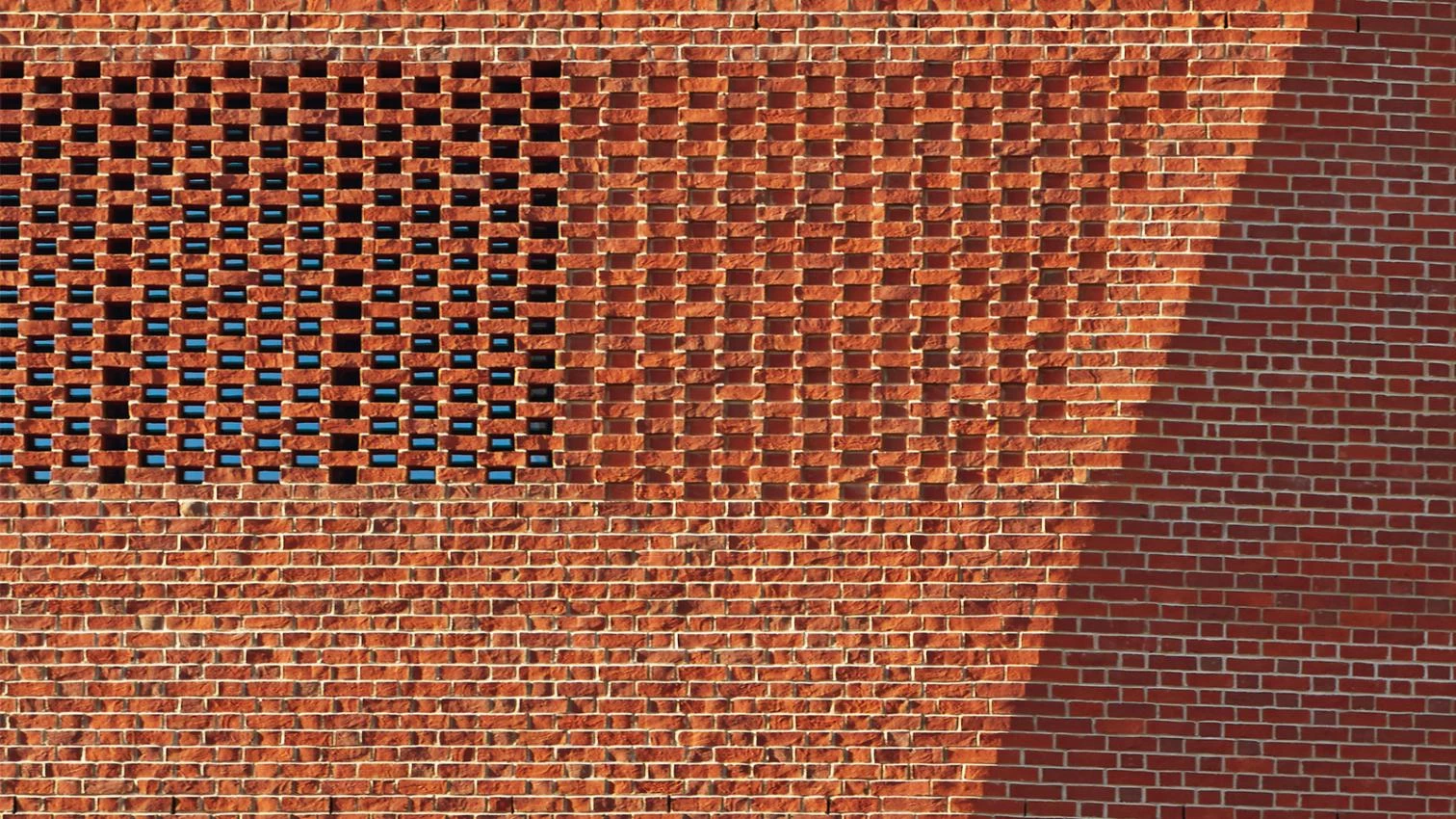Material Culture

Architectural culture is material thought, and few works express this as well as those designed over twenty-five years by the Dublin-based studio of Sheila O’Donnell and John Tuomey. The Irish couple strives to raise buildings that reach a timeless dimension through their exact interpretation of the brief and careful adaptation to context, and the best tool to attain this goal is to articulate function and site through the materiality of architecture. Authors of a seamless series of works often modest in size yet ambitious in intention, the architects use traditional materials with a modern syntax and elegant detailing, while inserting the new structure in the urban fabric with the same ease with which the new uses add their muted notes to the humming music of everyday life.
This material culture is found in construction, but also in program and place, understood from a humanist perspective to orchestrate the needs of the client and the demands of the environment through the building’s making, in close dialogue with all those involved in this choral endeavor, and especially with the workers on site. The public and social dimension of the architecture of O’Donnell + Tuomey, expressed in its urban sensibility and attention to civic demands, lies equally in this plural dialogue, capable of enriching the projects with unexpected gestures or material innovations that are effortlessly blended with the baggage that comes from their academic training in Dublin and professional experience in London, where they worked at the office of James Stirling.
Prominent figures of new Irish architecture, O’Donnell + Tuomey have managed to face the extreme volatility of the hyperglobalized economy of the country – which after the real-estate and credit bubble that created the ‘Celtic Tiger’ suffered the crash and rescue, to later rebound as European base of American multinationals like Pfizer, Apple, Facebook or Google, rising from its ashes to earn the name of ‘Celtic Phoenix’ – through the quiet continuity and serene archaism of their material language, which evokes the physical and climatic constants of a mythical nation, literary rather than artistic, and where landscape shapes its most permanent identity. But the oneiric Ireland of Yeats is today a hub of digital economy, and only its resilient material culture can hope to bring a promise of stability.
Luis Fernández-Galiano





